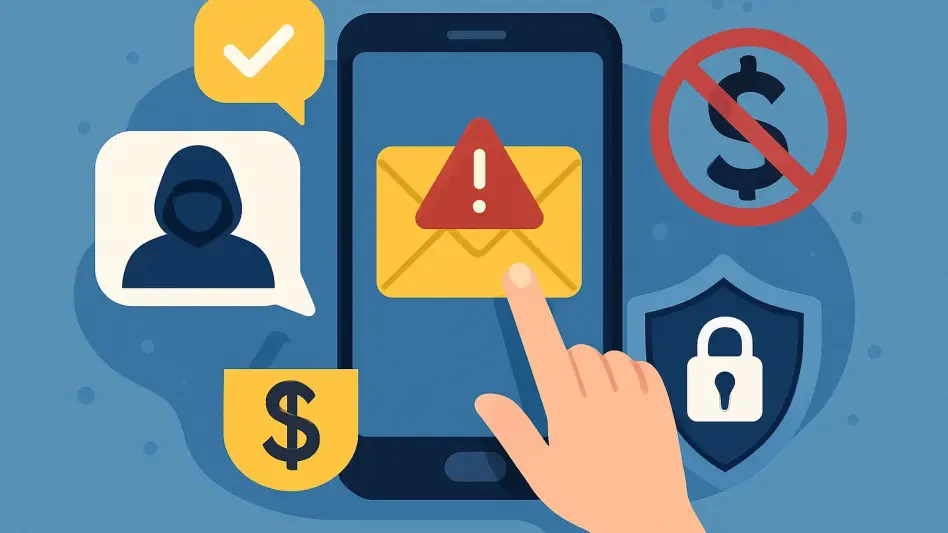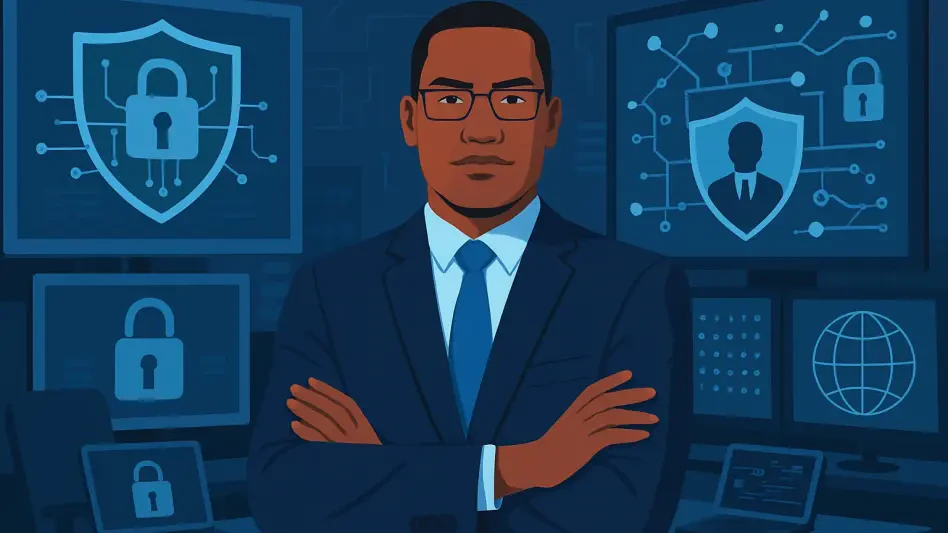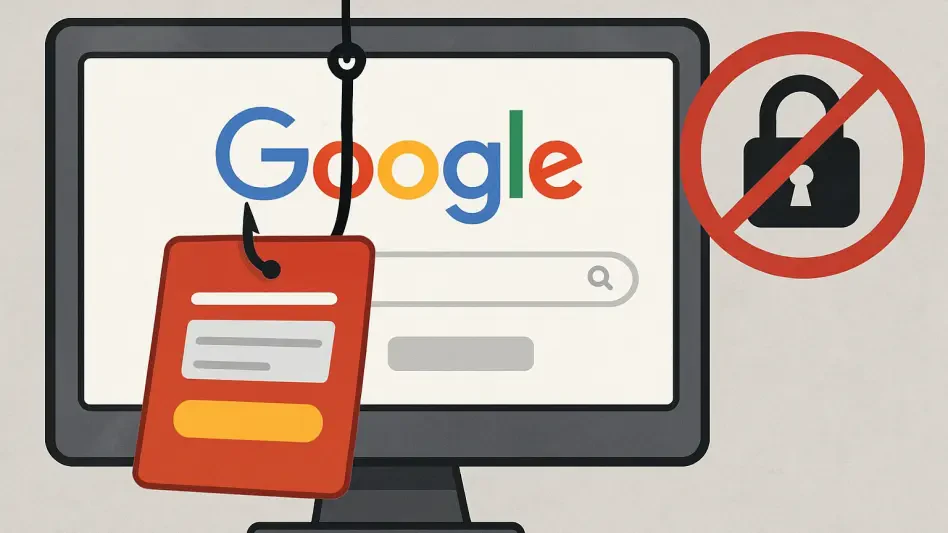Imagine a digital battlefield where ideological crusaders wield code as their weapon, targeting government portals and private data with equal ferocity, and in this landscape, one case has gripped the attention of cybersecurity experts and law enforcement alike: the sentencing of a 26-year-old from Rotherham for defacing websites and stealing massive troves of personal information. This roundup delves into diverse perspectives from industry leaders, legal analysts, and security professionals on the implications of such hacktivist-driven cybercrimes. The purpose is to explore the motivations, impacts, and defenses against these digital disruptions, offering a comprehensive view of a growing threat in today’s interconnected world.
Diverse Voices on Hacktivism: Motives and Morals
Ideology or Crime? Debating the Intent
Hacktivism often blurs the line between protest and criminality, and opinions on this duality vary widely. Many cybersecurity analysts argue that individuals like the Rotherham hacker, associated with groups such as the Yemen Cyber Army, operate under a banner of political messaging. They see defacing high-profile sites as a form of digital activism meant to challenge authority or highlight grievances. This perspective frames such actions as a modern extension of civil disobedience, albeit in a virtual realm.
On the other hand, legal experts counter that intent does not excuse harm. They emphasize that defacing up to 3,000 websites in a short span, as reported in cybercrime forums, goes beyond mere protest. When actions disrupt critical services or expose sensitive data, the line into criminal territory is crossed, regardless of ideological justification. This viewpoint prioritizes accountability over motive, pushing for stricter penalties to deter such behavior.
A third angle comes from ethical hackers who suggest that the overlap of ideology and personal gain complicates the narrative. Evidence of stolen data, including credentials for services like Netflix and PayPal, hints at potential profiteering. This raises questions about whether hacktivism is truly principled or merely a cover for exploitation, fueling a heated debate on how to classify and address these threats.
Scale of Disruption: Assessing the Damage
Industry leaders in cybersecurity highlight the sheer scale of disruption caused by such attacks as a critical concern. Targeting poorly secured platforms, including government sites like the Yemen Ministry of Foreign Affairs, demonstrates not just audacity but also the vulnerability of digital infrastructure. The consensus among tech specialists is that these incidents erode public trust in online systems, creating a ripple effect across sectors.
Legal commentators add that the impact extends beyond organizations to individual users. With personal information from millions of social media accounts found on the perpetrator’s device, the potential for identity fraud looms large. This perspective underscores the human cost of cybercrime, often overlooked in discussions focused on institutional damage, and calls for greater awareness of personal data risks.
Security consultants offer a pragmatic take, noting that the pace of these attacks—thousands of sites compromised in just months—reveals a systemic failure in basic defenses. Their concern centers on how easily outdated security protocols are exploited, urging a collective push for updated standards. This angle shifts the conversation from blame to prevention, focusing on actionable change in response to widespread havoc.
Impact and Fallout: Views on Consequences
Organizations Under Siege: Trust and Functionality
Technology advisors frequently point out that website defacements do more than alter visuals; they cripple functionality and credibility. When high-profile targets like Israeli Live News fall victim, the downtime and reputational harm can be catastrophic. Many in the field stress that restoring systems is costly, diverting resources from innovation to damage control, which stifles organizational growth.
Corporate risk managers echo this sentiment, emphasizing the loss of consumer confidence as a long-term wound. Once trust is broken, regaining it becomes an uphill battle, especially for entities handling sensitive public data. Their perspective highlights the intangible yet profound effect of cyber disruptions, painting a picture of cascading consequences that linger far beyond initial breaches.
A contrasting view from data protection advocates focuses on the broader ecosystem. They argue that these attacks expose not just individual targets but the fragility of interconnected networks. A single breach can compromise partners and users alike, amplifying the damage. This stance pushes for a collaborative approach to security, warning against isolated responses to what is inherently a shared problem.
Individuals at Risk: The Hidden Victims
Privacy experts are vocal about the often-ignored impact on everyday users caught in the crossfire of hacktivist actions. The discovery of personal details from over four million social media profiles signals a direct threat of fraud or blackmail. Their concern lies in how unsuspecting individuals bear the brunt of crimes they neither provoked nor can easily prevent.
Consumer protection groups add a layer of urgency, noting that stolen credentials for payment platforms create immediate financial risks. They advocate for better education on recognizing phishing attempts or account breaches, arguing that empowerment is key to mitigating harm. This viewpoint shifts focus to grassroots solutions, emphasizing personal vigilance as a frontline defense.
Meanwhile, cybersecurity trainers stress the psychological toll of data theft, an aspect frequently sidelined. Knowing personal information is in criminal hands can cause significant stress and distrust in digital services. Their input calls for support systems to address user anxiety, suggesting that the fallout from such crimes extends into emotional and social realms, demanding a holistic response.
Defending the Digital Frontier: Expert Tips and Strategies
Bolstering Organizational Defenses
Cybersecurity firms consistently recommend regular security audits as a cornerstone of protection against hacktivist threats. Updating software, patching vulnerabilities, and training staff on phishing risks are seen as non-negotiable steps. Their advice centers on proactive measures, arguing that prevention is far less costly than recovery after an attack.
IT consultants also advocate for robust incident response plans tailored to rapid recovery. Having backups and clear protocols can minimize downtime when breaches occur, preserving operational continuity. This practical guidance aims to equip organizations with tools to weather digital storms, reflecting a shift toward resilience in an era of persistent threats.
A slightly different take from risk assessment professionals focuses on collaboration with law enforcement. Sharing threat intelligence with agencies like the National Crime Agency can enhance tracking and prosecution efforts. They view this partnership as a deterrent, signaling to potential attackers that anonymity online is not guaranteed, thus reinforcing a multi-layered defense strategy.
Empowering Individuals: Personal Security Measures
Online safety educators stress the importance of strong, unique passwords as a basic yet effective shield against data theft. Coupling this with two-factor authentication adds a critical barrier, even if credentials are compromised. Their tips are grounded in simplicity, aiming to make security accessible to users with varying tech savvy.
Digital privacy advocates also suggest regular monitoring of financial and social media accounts for unusual activity. Early detection of unauthorized access can limit damage, preserving both funds and personal information. This advice empowers individuals to take control, framing security as a personal responsibility rather than solely an institutional one.
A complementary perspective from tech support specialists highlights the value of antivirus software and secure browsing habits. Avoiding suspicious links and keeping devices updated are small habits with significant impact. Their focus on daily practices underscores the idea that individual actions collectively strengthen the broader digital environment against threats like those posed by hacktivism.
Reflecting on a Pivotal Case: Next Steps in Cybersecurity
Looking back, the discussions surrounding this high-profile case of hacktivism and data theft illuminated critical gaps in digital security and the complex motivations behind cybercrimes. Experts across fields agreed on the profound disruption to organizations and individuals alike, while differing on how to weigh ideological intent against criminal harm. The varied insights painted a comprehensive picture of a multifaceted threat that demanded equally diverse responses. Moving forward, a dual focus on strengthening organizational defenses through audits and collaboration with law enforcement emerged as vital. Equally important was the emphasis on empowering users with practical tools like strong passwords and vigilant monitoring. As cyber threats evolve, exploring emerging technologies for threat detection and fostering global cooperation in cybercrime prosecution stand as essential next steps to safeguard the digital landscape.








